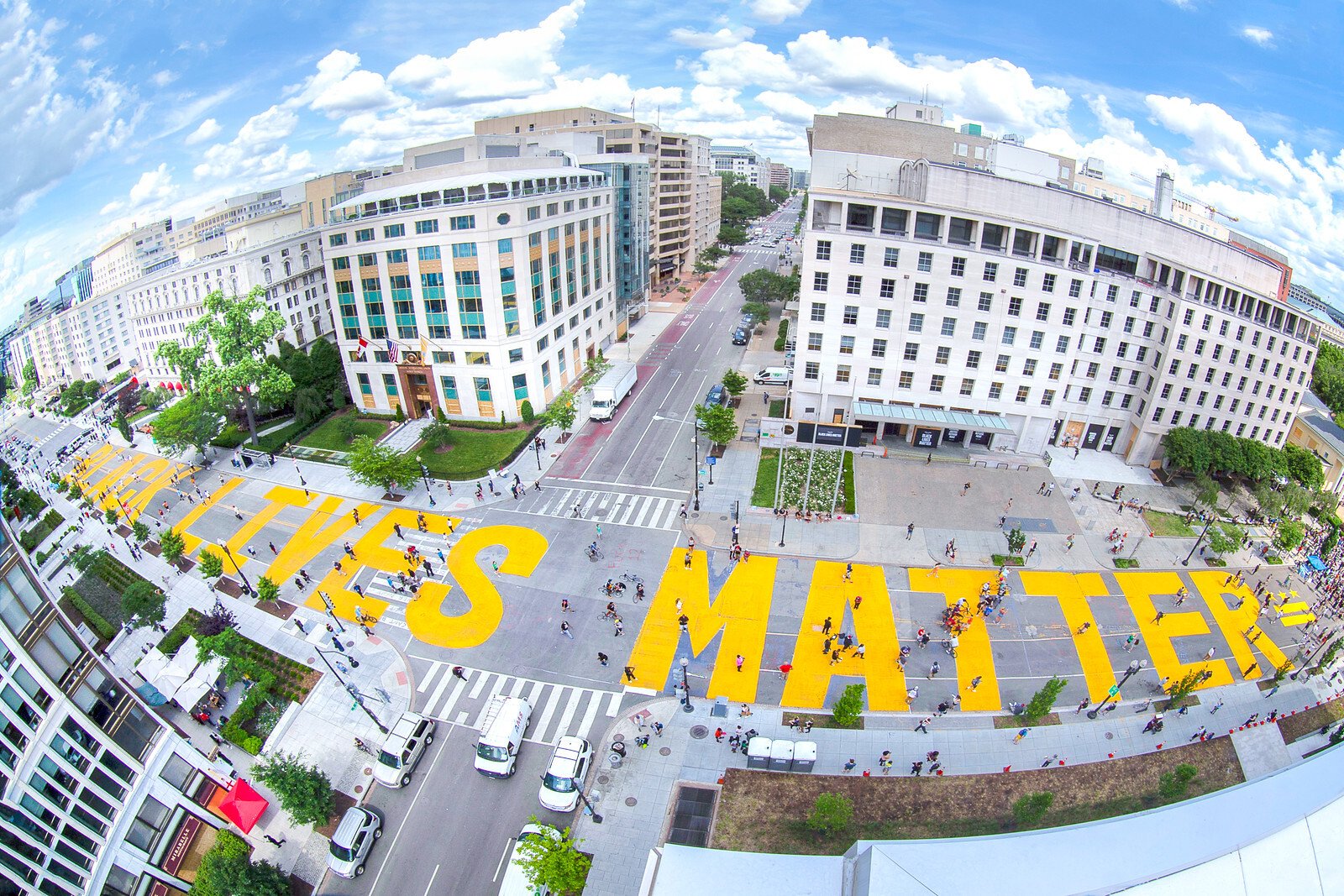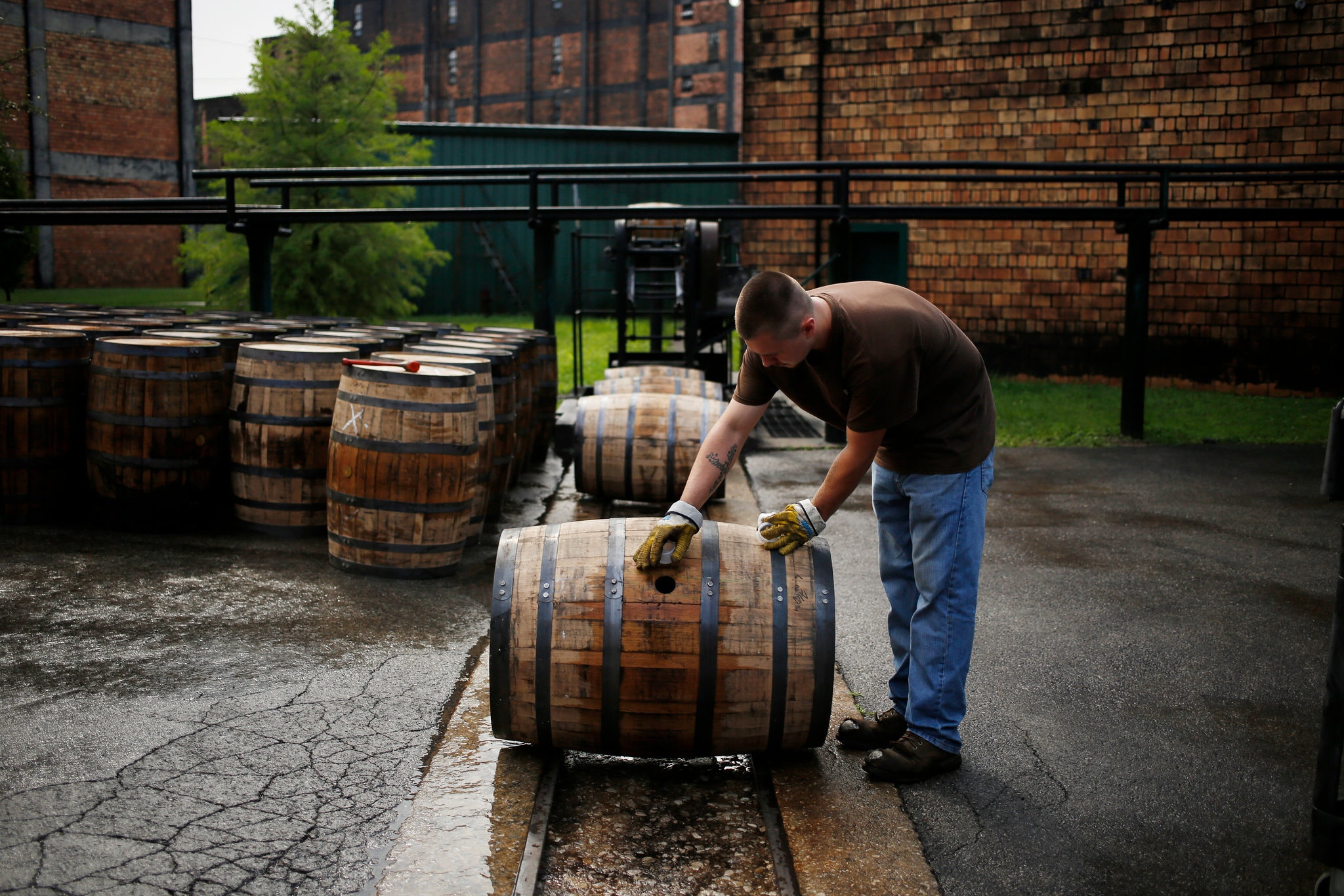The Short-Lived Black Lives Matter Plaza: A Case Study In Urban Change

Table of Contents
The Genesis of Black Lives Matter Plaza: A Spontaneous Outpouring of Grief and Protest
The creation of the Black Lives Matter Plaza was a direct response to the murder of George Floyd and the subsequent eruption of nationwide protests. The immediate aftermath saw a wave of demonstrations across the United States, demanding accountability for police brutality and systemic racism. In Washington, D.C., this energy coalesced around the area encompassing 16th Street and K Street NW.
- The renaming of the area: Spontaneously, and with the tacit approval of some city officials, the area was informally renamed Black Lives Matter Plaza. This act of renaming symbolized a powerful reclamation of public space, turning a location into a potent symbol of the movement.
- Community organizers and activists: Local community organizers and activists played a crucial role in solidifying the plaza's identity, organizing clean-up efforts, and facilitating the creation of art installations. Their collective action transformed a street intersection into a vibrant hub of protest and remembrance.
- Symbolic significance: The location itself held immense symbolic weight. Its proximity to the White House underscored the direct challenge to the nation's leadership on issues of racial justice. The visual impact of the plaza – with its murals, art installations, and constant flow of people – communicated the movement’s strength and determination.
- Early media coverage: Early photographs and media coverage documented the atmosphere of the plaza, capturing the raw emotion, solidarity, and hope embedded within the space. These images became powerful symbols of the movement, disseminated across global media outlets.
Black Lives Matter Plaza: A Public Space Transformed
The Black Lives Matter Plaza wasn't just a renamed intersection; it was a public space transformed. The physical environment underwent a significant metamorphosis, becoming a canvas for expressing collective grief, outrage, and demands for systemic change.
- Murals and street art: The area quickly became adorned with powerful murals and street art, created by local and national artists. These works of art served as visual narratives of the movement, reflecting the diverse experiences and perspectives within the Black community.
- Public art as protest: The public art installations went beyond mere aesthetics; they served as potent statements demanding racial justice, showcasing the creativity and resilience of the movement.
- Community impact: The transformation of the space had a significant impact on the surrounding community. It became a gathering place for reflection, dialogue, and collective action, fostering a stronger sense of community among residents.
- Impactful murals: Many murals featured powerful imagery, symbolic representations of Black lives lost to police brutality, and calls for social and political reform. These works of art became iconic representations of the Black Lives Matter Plaza.
The Demise of Black Lives Matter Plaza: Political Pressure and Urban Renewal
The Black Lives Matter Plaza's existence, however, proved to be short-lived. Its removal was the result of a complex interplay of political pressure and urban planning considerations.
- Political debate: The plaza became a focal point of political debate, with some officials viewing it as a symbol of division and others celebrating it as a powerful testament to the movement's influence. This generated significant political controversy.
- Arguments for and against: Arguments for the plaza's permanence highlighted its historical significance and its role in amplifying the voices of marginalized communities. Conversely, arguments against its permanence cited concerns about traffic flow, maintenance, and the need to restore the original street names.
- Removal process: The process of the plaza's removal sparked further public response, with protests and counter-protests illustrating the strong emotions surrounding the issue.
- Government policy: The local government's decision to remove the plaza ultimately reflected a complex set of policy decisions balancing competing political pressures and urban planning priorities.
Preserving the Legacy: Digital Archives and Ongoing Activism
Though the physical Black Lives Matter Plaza no longer exists, its legacy continues through the efforts of individuals and organizations dedicated to preserving its memory and continuing the fight for racial justice.
- Importance of digital archiving: Digital archiving of the plaza's existence is crucial for ensuring that its history and significance are not lost. Photographs, videos, and testimonials are being meticulously collected and preserved online.
- Online resources: Numerous websites and online archives dedicated to the Black Lives Matter movement now hold extensive documentation of the plaza. These resources offer valuable insight into its creation, transformation, and removal.
- Continuing activism: The activists involved in creating and maintaining the Black Lives Matter Plaza continue to advocate for racial justice and systemic change, ensuring that the movement's spirit lives on.
- Links to relevant archives: [Insert links to relevant digital archives and websites here]
Conclusion
The Black Lives Matter Plaza, while short-lived, served as a powerful symbol of the 2020 racial justice movement. Its creation, transformation, and eventual removal highlight the dynamic interplay between spontaneous protest, urban planning, and political realities. While the physical space may be gone, its legacy continues through digital archives and the ongoing fight for racial justice. By studying the Black Lives Matter Plaza, we can gain valuable insights into the fleeting yet impactful nature of urban activism and the importance of preserving the memory of these crucial moments in history. Learn more about the significance of similar temporary installations and explore the ongoing efforts to achieve racial equality through further research on the Black Lives Matter movement and its impact on urban spaces. Understanding the history of the Black Lives Matter Plaza helps us understand the ongoing struggle for racial justice and the power of public space in social movements.

Featured Posts
-
 Naomi Kempbell 55 Goryachie Foto S Yubileya
May 26, 2025
Naomi Kempbell 55 Goryachie Foto S Yubileya
May 26, 2025 -
 Analyzing Trumps Criticism Of European Trade Practices
May 26, 2025
Analyzing Trumps Criticism Of European Trade Practices
May 26, 2025 -
 Naomi Campbell And Anna Wintours Feud Campbells Potential Met Gala Exclusion
May 26, 2025
Naomi Campbell And Anna Wintours Feud Campbells Potential Met Gala Exclusion
May 26, 2025 -
 Reinterpreting David Hockneys A Bigger Picture
May 26, 2025
Reinterpreting David Hockneys A Bigger Picture
May 26, 2025 -
 The Hells Angels A Look Inside
May 26, 2025
The Hells Angels A Look Inside
May 26, 2025
